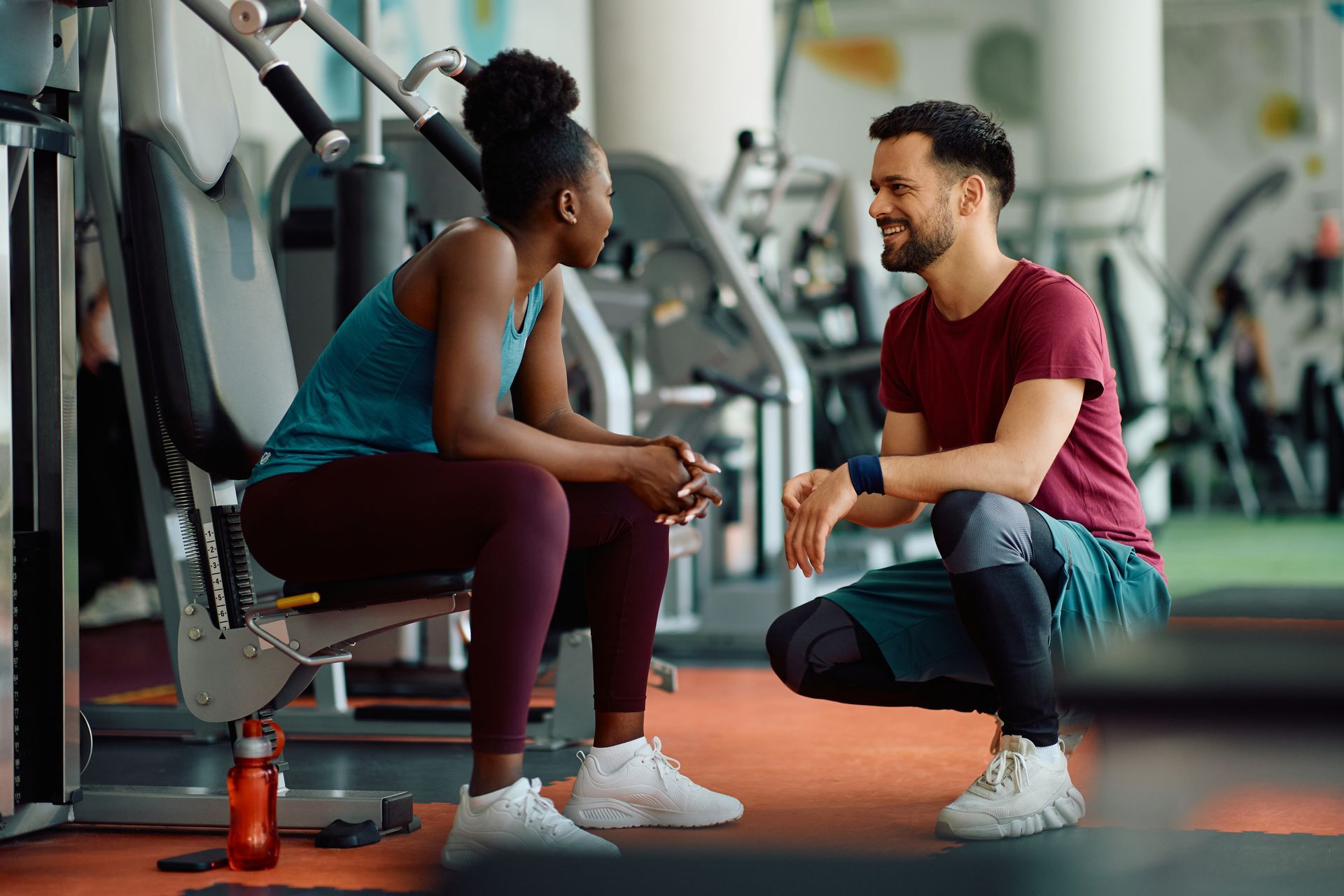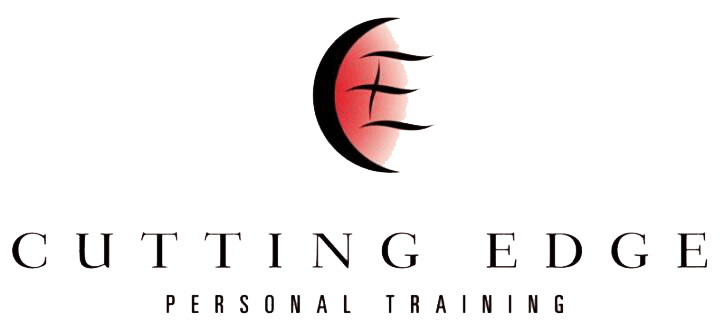August 6, 2024
Weightlifting Results: A Nashville Personal Trainer's Guide to Seeing and Feeling Progress
Understanding Your Weightlifting Progress
Weightlifting can certainly test your patience, especially when results aren't immediately visible. However, with consistent effort and the right approach, you will soon see changes in your body and strength. As a personal trainer in Nashville, I’ve guided many clients through this journey, helping them understand the realistic timelines and strategies for success.
How Long Does It Take to SEE Results From Weightlifting?
Actually seeing results from weightlifting takes time. We're talking months, if not years, but there are a few exceptions to this rule.
1. Beginners (Newbie Gains)
If you're just starting your fitness journey and you're training with weights three to four days a week, noticeable physical adaptations can typically occur within four weeks. This rapid initial progress, often called "newbie gains," is common among beginners who have not previously exercised regularly. These early gains can last anywhere from six to twelve months.
2. Returning Lifters (Muscle Memory)
Individuals with prior fitness experience who return to working out after a long break often see quicker progress due to muscle memory. Their bodies can quickly adapt and recall efficient movement patterns and muscle activation, leading to rapid regains in strength and muscle mass.
3. Individuals Using PEDs
A third group that can see results rather quickly are those individuals using any form of Performance Enhancing Drugs (PEDs), such as steroids or even some levels of Testosterone Replacement Therapy (TRT).
Factors Influencing Visible Results
The timeline for visible results can vary significantly depending on several factors, including age, genetics, overall health, exercise routine, nutrition, stress levels, and sleep quality. Research supports that insufficient sleep, poor nutrition, and high-stress levels can impede fitness progress. Therefore, individuals who need to adjust these lifestyle factors alongside their new exercise regimen may take closer to eight to twelve weeks to notice any visible improvements.
How Fast Can You FEEL Progress With a New Lifting Routine?
While visible results may take time, feelings of progress can manifest sooner. Many experience a post-workout high, characterized by a rush of endorphins that enhances mood and reduces the perception of pain. This phenomenon, though commonly associated with running, can occur during any form of exercise that elevates heart rate.
This endorphin boost not only makes you feel good but can also serve as a powerful motivator. Additionally, adopting an exercise routine often encourages other positive lifestyle changes, such as improved nutrition. The more healthy habits you integrate, the faster you'll see results.
Tips to Help You See Progress as Fast as Possible
1. Start Smart for Sustainability
It might be tempting to go all out immediately when beginning a new exercise routine. However, starting with manageable behavior goals will be more sustainable. Some of you may only want to commit to two or three workouts per week initially to increase the likelihood of adherence and build a solid foundation for long-term consistency.
2. Follow a Structured Training Program
Having a well-structured training plan is crucial. Hiring a fitness professional to construct a program tailored to your goals, experience, and schedule can significantly enhance your progress. These programs should incorporate the principle of progressive overload, gradually increasing the challenge to continually push your body to new heights.
3. Focus on Proper Form
Injuries often stem from poor form, leading to overuse injuries over time. Learning and maintaining proper movement mechanics is essential. Hiring a professional to teach you the correct form or using video comparisons with instructional content can help you move correctly and safely.
4. Prioritize Mobility Work
This one is especially true for those with sedentary jobs. Incorporating mobility exercises into your routine is vital. Prolonged sitting can cause muscles to become tight and less fluid, restricting your range of motion. Regular mobility work, even just 5 to 15 minutes daily, can help counteract these effects and improve your overall movement quality.
Conclusion
While the journey to visible weightlifting results requires patience, understanding the factors that influence progress can help manage expectations and enhance motivation. By starting gradually, following a structured plan, maintaining proper form, and prioritizing mobility, you can fast-track your progress and enjoy the numerous benefits of a consistent weightlifting routine.
For personalized guidance and to explore more fitness strategies, consider working with a Nashville personal trainer. Whether you’re looking for personal training in Nashville or need advice on your fitness journey, expert support can make all the difference in achieving your goals.





